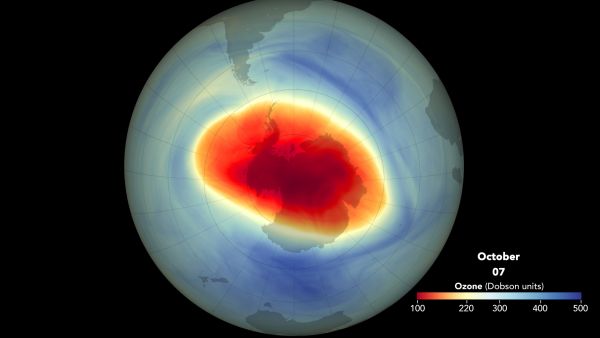When you buy through links on our site , we may earn an affiliate committal . Here ’s how it works .
A lone webcam at an south-polar station recently capture images of the first sunrise to unhorse the sky in two month , distinguish the end of wintertime darkness in its neighborhood of East Antarctica .
The Dominicus set up foraustral winterin mid - May , plunge Belgium ’s Princess Elisabeth Station into two months of night .

Long-awaited dawn: Sunlight captured by webcam at Princess Elisabeth station on July 23.
Although there were no human center to witness the return of the lightness , on July 15 , operators back in Belgium set about a signal that the hold of the winter darkness was collapse . On that day , five of the station ’s cheery Boys — contraptions that commute vigor collected by the station ’s solar panel into operational form — ignite up from their wintertime slumber .
And on July 23 , a webcam set up at the place , abandon for winter , sent back image of a rosebush - gold radiance suffusing the visible horizon .
A zero - emissions chemical compound , the Princess Elisabeth Station relies on wind and solar energy for all its exponent , which it continues to collect even when people are n’t there to use it . During the darkness of winter , Antarctica ’s ferocious winds spin the station ’s herd of wind turbine ; already , the station ’s solar panels have seen enough sunlight to lead off building up wattage ahead ofthe summer research season .

Long-awaited dawn: Sunlight captured by webcam at Princess Elisabeth station on July 23.
The shine station , which opened in 2008 , looks like the perfect setting for a science fiction movie — all silver , elegant angles amid a barren and glittering landscape .
Built as a joint task between the Belgian authorities and a private , non-profit-making organization , the International Polar Foundation , which oversees operations , the station stand atop a bumpy ridge in East Antarctica , about 137 miles ( 220 kilometers ) from the seacoast .
The place was shuttered for winter on Feb. 27 , and humans wo n’t return until November , when austral summertime arrive . Tens of scientist spend the tender months at Princess Elisabeth , conducting research in a master of ceremonies of disciplines from microbiology to seismology to glaciology .

Futuristic Princess Elisabeth Station stands on a granite ridge.
Farther inland , the continent is still shrouded in darkness . At Concordia Station , a European outpost in the middle of the East Antarctic Ice Sheet where occupant recently snappeda bright aurora shimmer disk overhead , the sun wo n’t rise until sometime in August .


















